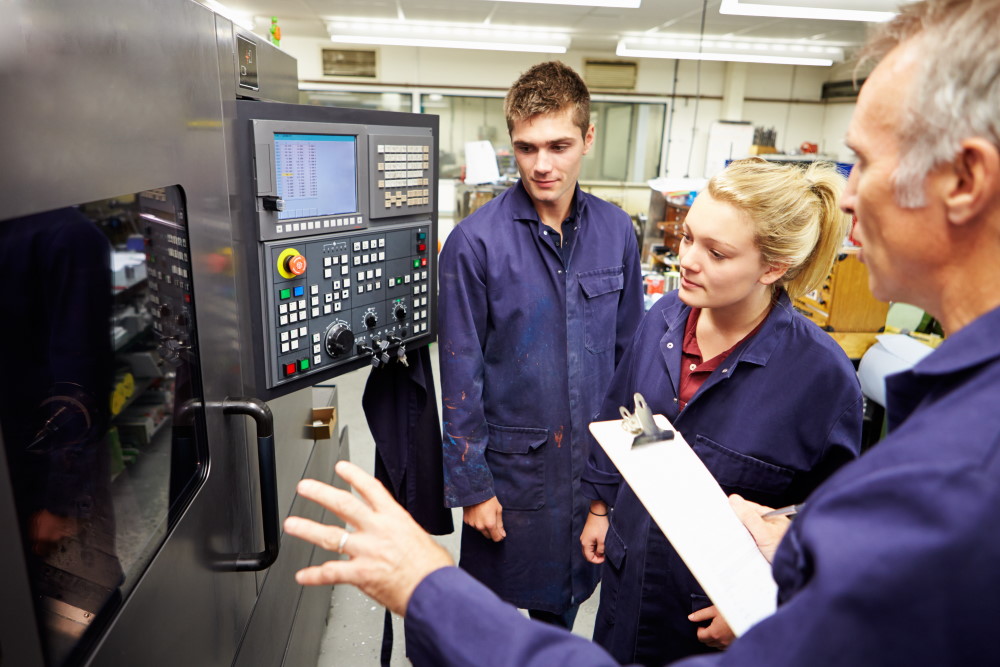
Process improvement projects have typically been a labor-intensive and imprecise process. Labor-intensive in that capturing the as-designed vs. the actual current-state process required facilitated meetings, interviews, surveys, and analyzing operational data over an extended time period. Imprecise in that workers will typically act differently when they know they are being watched and measured. The Hawthorne effect was first described over 50 years ago and predicts that workers will typically improve a process while being observed as part of a process improvement project, but will revert to their pre-project behavior once the project has ended and the observers departed.
In my experience of running dozens of process improvement projects over a 30-year period, sustaining improvements is always the most daunting challenge:
- Six Sigma practitioners will admit that the final control phase of the five step DMAIC (Define, Measure, Analyze, Improve, and Control) process is its weakest link. The reason is pretty obvious. Six Sigma projects have a beginning, middle, and end. Even though the end/control phase is designed to include the business owner taking responsibly for sustaining the project, little is in place to monitor the sustainability of the improvements.
- Lean advocates a continuous improvement process designed to overcome the problems with a project-based approach, but the Hawthorne effect is very much in play limiting the sustainability of improvements.
- A common problem with all continuous improvement initiatives is the very dynamic nature of today’s business environment with ever shrinking product life cycles, and rapid developments in automation, mergers and acquisitions. The result is the improved process may become obsolete in a matter of months.
Now consider the new age of process improvement with Smart Manufacturing. Much has been written about the industrial Internet of Things (IIoT) creating significant opportunities to capture operational data from machines and equipment. While this will assist in improving processes, it is limited to reading machine metrics, with few insights into how people interact with machines and products. It is not well understood that people are a key element to Smart Manufacturing – empowering them with more robust operational information, helping them eliminate bottlenecks, and solving tough quality issues.
Adding passive, non-obtrusive, sensor technology to continuously monitor operations – people, machines, and products, provides a much greater opportunity than merely making machines smarter. Here are a few examples of how the continuous improvement tools will become more effective in the smart manufacturing era:
Process and Value Stream Maps
- The Past: labor-intensive process and value-stream charts only capture a qualitative and subjective snap-shot in time that typically can vary from day-to-day and from person-to-person.
- The Future: Continuous hard data capture over extended periods using unobtrusive sensors watch the interaction of people with machines and products – The Hawthorne effect is defeated by the subtle nature of the observation tools and their permanent nature.
Gage R&R (Repeatability and Reproducibility)
- The Past: Gage R&R is most difficult challenge in every process improvement project I tackled because of the major discrepancies from the as-designed process when comparing one person to anther and comparing one day to another. he variation typically grows with the complexity of the process and skill level of the people involved.
- The Future: With continuous monitoring of several people over several days and weeks, all variations are captured for analysis. Best practices, bottlenecks, and training opportunities are much more easily discovered.
Sustaining Process Improvements
- The Past: Because of the labor-intensive, qualitative/subjective, and snap-shot nature of process improvement efforts, a majority of them fail according to a highly cited Wall Street Journal Article.*
- The Future: Because monitoring is on-going and fade into the background, variations from the improved process are easily identified in real-time via alerts and dashboards, enabling self-diagnosis and empowering the operator and supervisor to self-improve.
I recently visited the industrial engineering department at Cal Poly San Luis Obispo and met with an impressive group of young women and men. Their future is an exciting one in which much of the drudgery of process and continuous improvement will be replaced with revolutionary tools that I could not have imagined possible even a few years ago. Good bye to the clip board and stop watch.
* https://www.wsj.com/articles/SB10001424052748703298004574457471313938130

